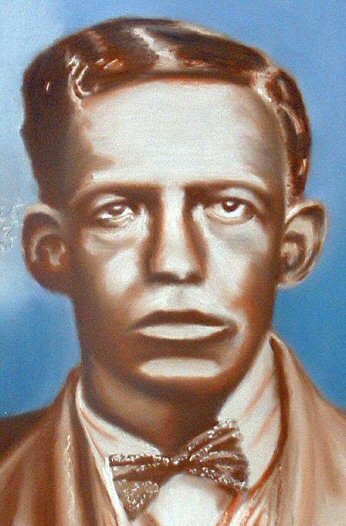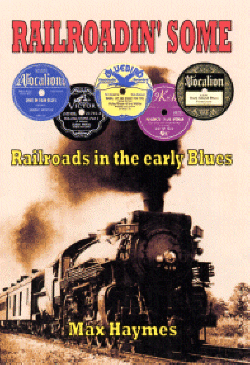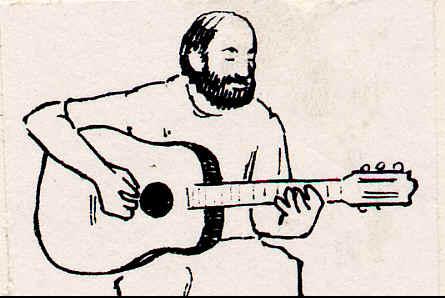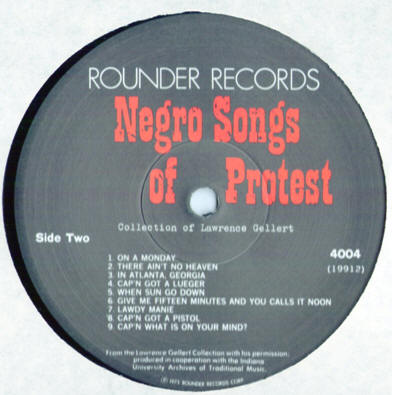
Painting © 2004 Loz
Arkle
Website
© Copyright 2000-2011 Alan White - All
Rights Reserved
Site optimised for Microsoft Internet Explorer
Mule, Get Up In The Alley |
|||||||||||||||||||||||||||||||
|
This Willie Williams number referring to a mule named ‘Jerry’ is one of three I have come across in recordings of the early blues. The second one is Lord, I Can Ride by the Hall Johnson Choir in 1941. The third one is included in a Lawrence Gellert field recording by an unidentified black prisoner from a south-eastern state in the 1930s. Why ‘Jerry’? An educated guess would be it was inspired by the immensely popular US cartoon series Tom & Jerry, where the mouse (Jerry) is the underdog but nearly always outwits Tom the cat, in his attempts to catch him. It transpires that Tom & Jerry in its earliest manifestation started life as “pictorial [human] characters in a series of early sound cartoons produced by the Van Beuren Studios, and distributed by RKO Pictures. The series lasted from 1931 to 1933”. (1) The more well-known (at least internationally) MGM cartoon did not appear until 1940 with probably the best-known cat and mouse in the business. The earlier ‘human’ cartoon featured “a Mutt and Jeff-like pair, one short (Jerry) and one tall (Tom) [Footnote 1: Indeed blues singer Teddy Moss adopted the soubriquet of ‘Tall Tom’ on his Easy Papa on the Varsity label (Vs 6030) in his solitary and brief session in 1929.] Each cartoon featured a different adventure, and the plot varied from film to film.” (2) This duo, sometimes cast as hunters or hobos amongst other roles, had adventures that “were generally absurdist comedies, featuring bizarre images, racist themes, and more than a few (minor) sexual references.” (3) This series of cartoons included surrealism on a scale rarely - if ever - equalled in the 21st Century, with far less technology at the disposal of its creators. It is quite likely that although this Tom & Jerry only ran until 1933, lots of small-time picture houses in the South would have done re-runs and so would have been accessible to the public for the remainder of the decade. The two earlier recordings, in the mid to late 1930s would have been inspired (?) by Van Beuran’s Tom & Jerry. Maybe Willie Williams and the unknown black convict featured the name ‘Jerry’ for a mule as a protest, if only a veiled protest, with regard to the “racist themes’ referred to above. The Hall Johnson Choir on the other hand, probably pounced (no pun intended!) on MGM’s famous animal duo, which had only been around some months when they made their recording in 1941. Their mule was still called ‘Jerry’ but from a more up-to-date source! The Lawrence Gellert field recording ran in part:
[Footnote 2: An explanation of ‘mulie on the mountain’ is offered by the collective who produced the Rounder LP 4004 Negro Songs Of Protest in 1973: “got a mule and can ride him any time I want to, pure fantasy about freedom for a guy in the clink”(5)]
Copyright Ó Max Haymes 2012 __________________________________________________________________________
__________________________________________________________________________ Notes:
Additions/Corrections &
Transcriptions by Max Haymes.
Website © Copyright 2000-2012 Alan White. All Rights Reserved. |









